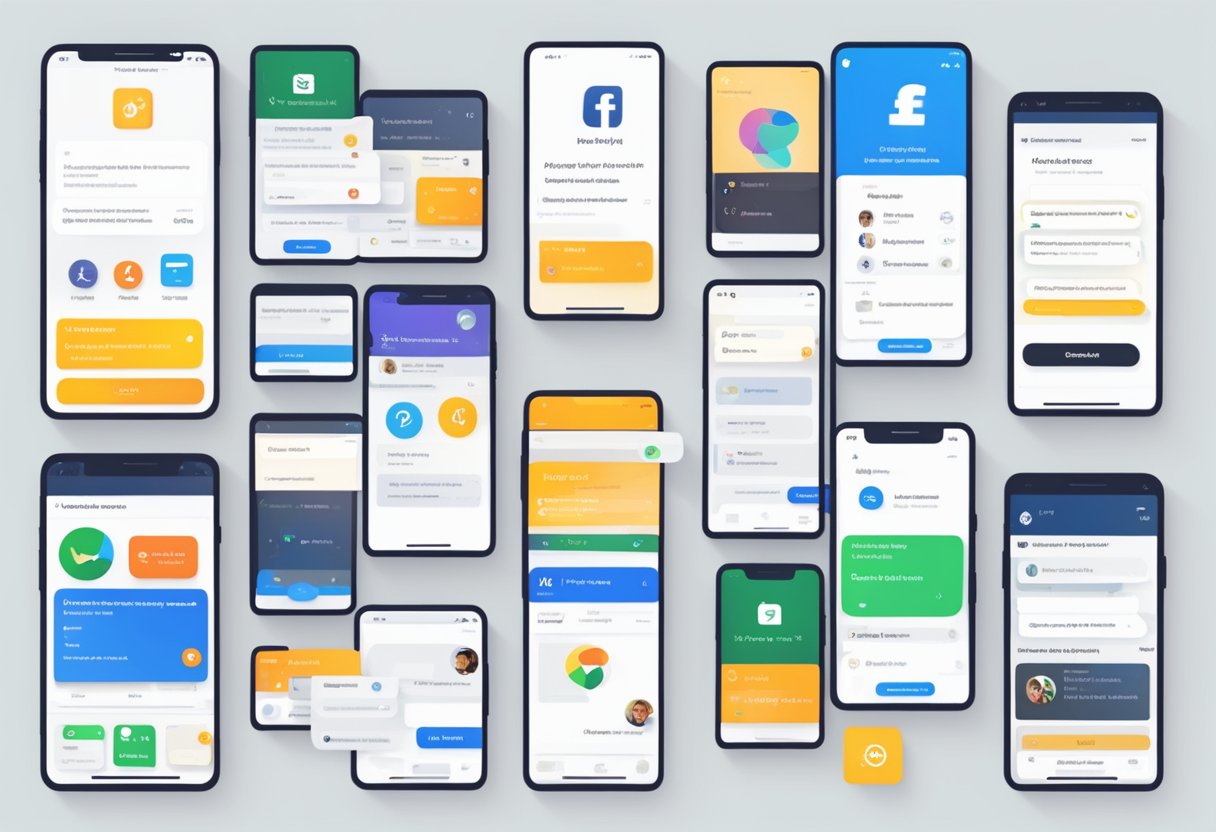Building social logins with React Native and social providers is an essential aspect of modern app development. Social logins provide a convenient way for users to sign up and log in to your app without the need to create a new account. In today’s digital age, where people have multiple social media accounts, it is becoming increasingly popular to use social logins to access various apps.

React Native is a popular framework for building cross-platform mobile applications. It allows developers to create mobile apps for both iOS and Android using a single codebase. By integrating social logins with React Native, developers can provide a seamless user experience and increase user engagement. Social providers such as Facebook, Twitter, and Google offer APIs that allow developers to integrate social logins into their apps.
In this article, we will explore the process of building social logins with React Native and social providers. We will discuss the benefits of using social logins, the different social providers available, and the steps involved in integrating social logins into your React Native app. By the end of this article, you will have a clear understanding of how to implement social logins in your React Native app and provide a better user experience for your users.
Índice De Conteúdo
Setting Up the Development Environment

Before starting to build social logins with React Native and social providers, it is necessary to set up the development environment. This section will cover the steps required to install React Native and configure social provider SDKs.
Installing React Native
To install React Native, the developer needs to have Node.js and npm installed on their system. Once Node.js and npm are installed, the developer can use the following command to install React Native:
npm install -g react-native-cli
This command installs the React Native command-line interface globally on the developer’s system. After installing React Native, the developer can create a new React Native project by running the following command:
react-native init ProjectName
This command creates a new React Native project with the given name.
Configuring Social Provider SDKs
To configure social provider SDKs, the developer needs to create accounts with the social providers they want to integrate with. After creating the accounts, the developer can obtain the SDKs from the social providers’ developer websites.
Once the SDKs are obtained, the developer needs to add them to the React Native project. This can be done by following the instructions provided by the social providers. The SDKs usually require the developer to add configuration files and dependencies to the project.
After adding the SDKs to the project, the developer needs to configure them by providing the required credentials and settings. The configuration process varies depending on the social provider and the SDK used.
In summary, setting up the development environment for building social logins with React Native and social providers involves installing React Native and configuring social provider SDKs. The developer needs to follow the instructions provided by the social providers to add and configure the SDKs.
Implementing Social Logins
Implementing social logins in React Native can greatly improve the user experience and increase user engagement. In this section, we’ll explore the steps required to implement social logins and integrate them with social providers.
Creating the Login Screen
The first step in implementing social logins is to create a login screen that allows users to select their preferred social provider. This screen should also provide options for users to sign up or log in with their email and password.
To create the login screen, developers can use a combination of React Native components such as Text, TextInput, Button, and TouchableOpacity. They can also use styling to customize the look and feel of the screen.
Handling Authentication with Providers
Once the user has selected their preferred social provider, the next step is to handle authentication with the provider. This involves sending a request to the provider’s authentication API and receiving a response containing an access token.
To handle authentication, developers can use libraries such as React Native Firebase, React Native FBSDK, or React Native Google Sign-In. These libraries provide pre-built components and functions for handling authentication with social providers.
Integrating Backend Services
After authentication is successful, the next step is to integrate backend services such as user management and data storage. This involves sending the access token to the backend server, which can then use it to retrieve user information and perform other operations.
To integrate backend services, developers can use REST APIs or GraphQL APIs. They can also use libraries such as Apollo Client or Axios to make HTTP requests to the backend server.
In conclusion, implementing social logins in React Native can greatly improve the user experience and increase user engagement. By following the steps outlined above, developers can create a seamless and secure login experience for their users.

